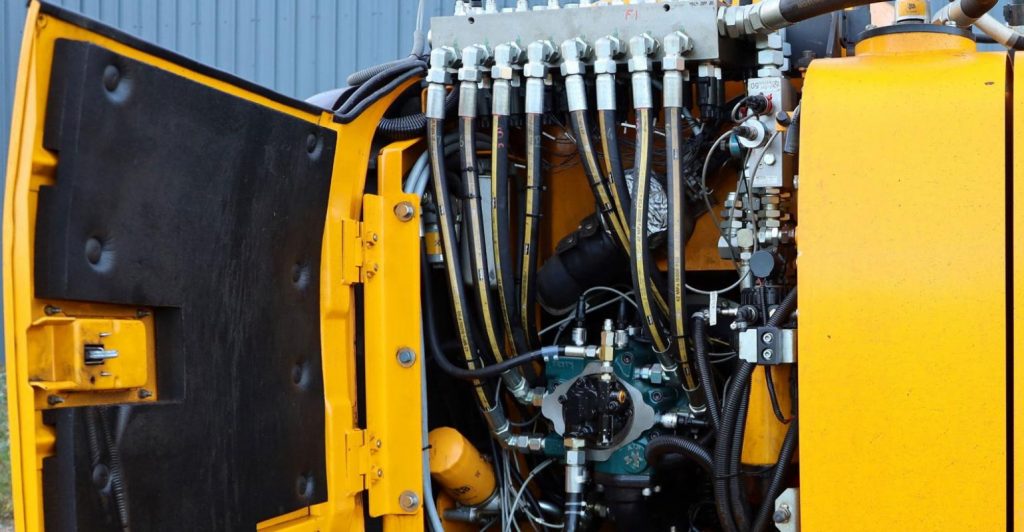Impregnation is among the methods in the application of resin into the windings of rotors and stators. The windings are introduced within an impregnation line and the resin was designed to trickle onto the twisting at a controlled pace in a stream. Resin impregnation’s process is automatic. The impregnation cycle is performed in a collection of machines or a contained machine. Among trickle impregnation’s benefits is that parts can be manufactured in a brief time. The process requires just 1 attendant and is not labor intensive.
The trickle impregnation procedure
Although the drip procedure may vary, the fundamental operation is the same. The pieces are loaded and unloaded, the resin implemented and is preheated, and it goes through the curing and gelatin stage. The heat source might be induction, radiant or convection heat. The electrical displacement control impregnation line could include constant flow, a trickle or roll-thru. Gear that is modern features either chemical cure procedure or a heatless. Resins used in processing are curing or moderate and solvent less. Resin’s choice is based upon the drip apparatus, end user requirements, and the motor design and application technique.
Kinds of resins
Fast curing resins are used in Trickle impregnation in which the resin is fed through the nozzle in little amounts pump. In flood coating, on the other hand, the pieces are made to pass through stream of resin, where the resin circulated back into the nozzles and is collected in a reservoir. In this sort of program, resins have a longer treatment time. In a resin trough the pieces are immersed from the process. Resins have a gel time.

The impregnation cycle
In a typical program cycle the components As soon as they are mounted on fixtures are passed via a line onto a conveyor belt. They are rotated on the conveyor belt so the resin is distributed and generates a coating. At a proper setting the temperature of the pieces are controlled at the segment so the resin thins and flow the length of the slot machine. This ensures that the wires are insulated with no voids. Controlling the temperature is crucial in the glue dispensing process. A higher temperature than required will cause the resin build up on the ends and to gel. The resin is used to both ends for about 15 minutes, depending on the nozzles’ positioning. The components progress to the oven after the resin is applied. In the event of trickle, the components are removed when the resin gels and is permitted to cure at ambient temperatures. In trickle that was heatless the pieces are sent to another step in the manufacturing line.
